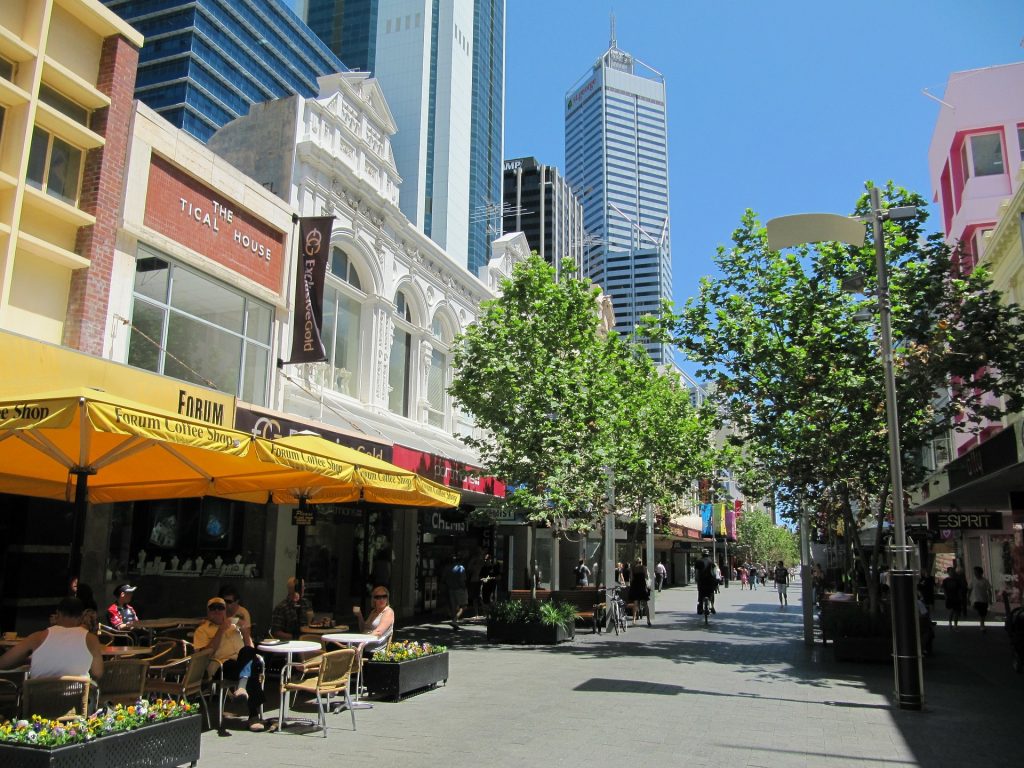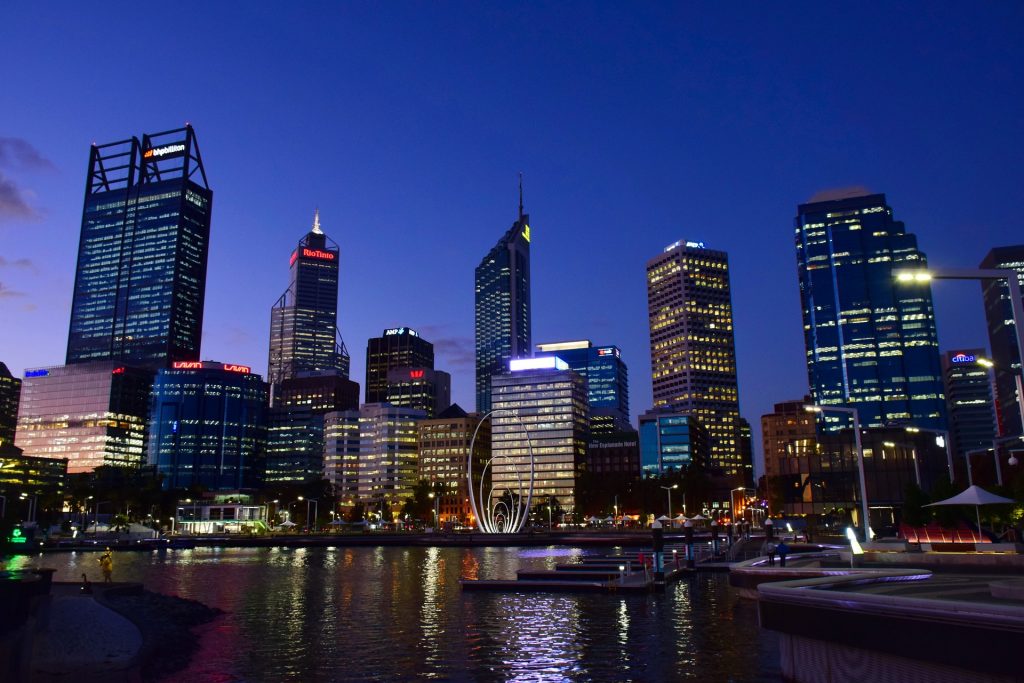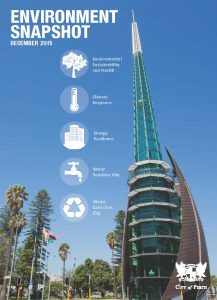Reduce, reuse, recycle
The Australian city on the edge of the country rises to face extremes
Perth is on the frontier of extremes, isolated from all other major cities in Australia on the largely wild west coast. Perth’s declining water availability from both surface and groundwater sources is well recognised. The Western Australian Water Corporation predicts a 40% decline in rainfall by 2060, and the need for an additional 365 gigalitres of reticulated drinking water for Perth and surrounding towns – that’s the same amount as 146,000 Olympic sized swimming pools, or 3/4 of the water in the Sydney Harbour! Despite a 20% reduction in water use since 2001, metropolitan Perth still remains one of the highest water consuming cities in Australia.
In order to transition to a water sensitive city, the city’s operations, businesses and community need to optimise their use of water by reducing consumption where possible and increasing the use of non-drinking water sources, such as greywater, rainwater and wastewater, to name a few. The City of Perth is a founding partner in the Waterwise Office Program aimed at reducing water use in commercial properties in the CBD. This “program provides water use performance indicators [to] assess whether [a] building is water efficient and [helps to] identify opportunities for improvement. Since the introduction of this program in 2013, Perth offices larger than 5000m2 have saved more than 254 billion litres of water!” (Water Corporation)
A Bit of Background...
The City of Perth is the capital city of Western Australia, covering an area of 19.37km2. It has many unique characteristics such as being the largest employment hub in Perth and home to international, national and local business head offices. Perth’s current population is 2,022,044 residents. By 2031, Perth is forecast to have an additional 14,452 new residential dwellings (based on 2006 figures) and 1.2 million m2 of non-residential space, with close to 60% population growth by 2036.
Sustainability is a crucial topic for cities of tomorrow. With global warming and climate change an accepted fact by most people, the impact to the economy and people’s way of life are being realised. With this in mind, Perth is taking the necessary steps to become a liveable and green city of the future.

Maintaining Liveability in an Uncertain Future
With a changing climate and increasing urban development, Perth faces many challenges in maintaining its liveability. A number of changes to the climate of the southwest of Western Australia have been projected by the CSIRO, with some impacts already observed:
- Water scarcity – a continuation of the trend of decreasing winter and spring rainfall. Changes in other seasons are unclear, although projections suggest a continuation of the observed autumn declines;
- Extreme weather events – Even though annual mean rainfall is projected to decrease in the region, projections indicate increases in extreme rainfall. Time spent in drought is projected to increase over the course of the century;
- Excessive urban heat – Average temperatures will continue to increase in all seasons. Extreme temperatures are projected to increase at a similar rate to mean temperature, with a substantial increase in the temperature reached on hot days, the frequency of hot days, and the duration of warm spells; and
- Sea level rise – Mean sea level will continue to rise and height of extreme sea-level events will also increase. By 2030 the projected range of sea-level increases for the coastline is 0.07 to 0.18 m above the 1986–2005 level.

Case Study: Osborne Park Works Depot
In 2014/15, the City of Perth installed water sensitive infrastructure at its Osborne Park Works Depot, as part of a wider city greening initiative . A water recycling plant recycles water returned from road cleaning operations and from the workshop wash bay, and a rainwater harvesting system collects flows from the main workshop roof. The recycled water is used for the City’s street presentation and maintenance operations
Read more about Perth’s Environmental Snapshot here.






